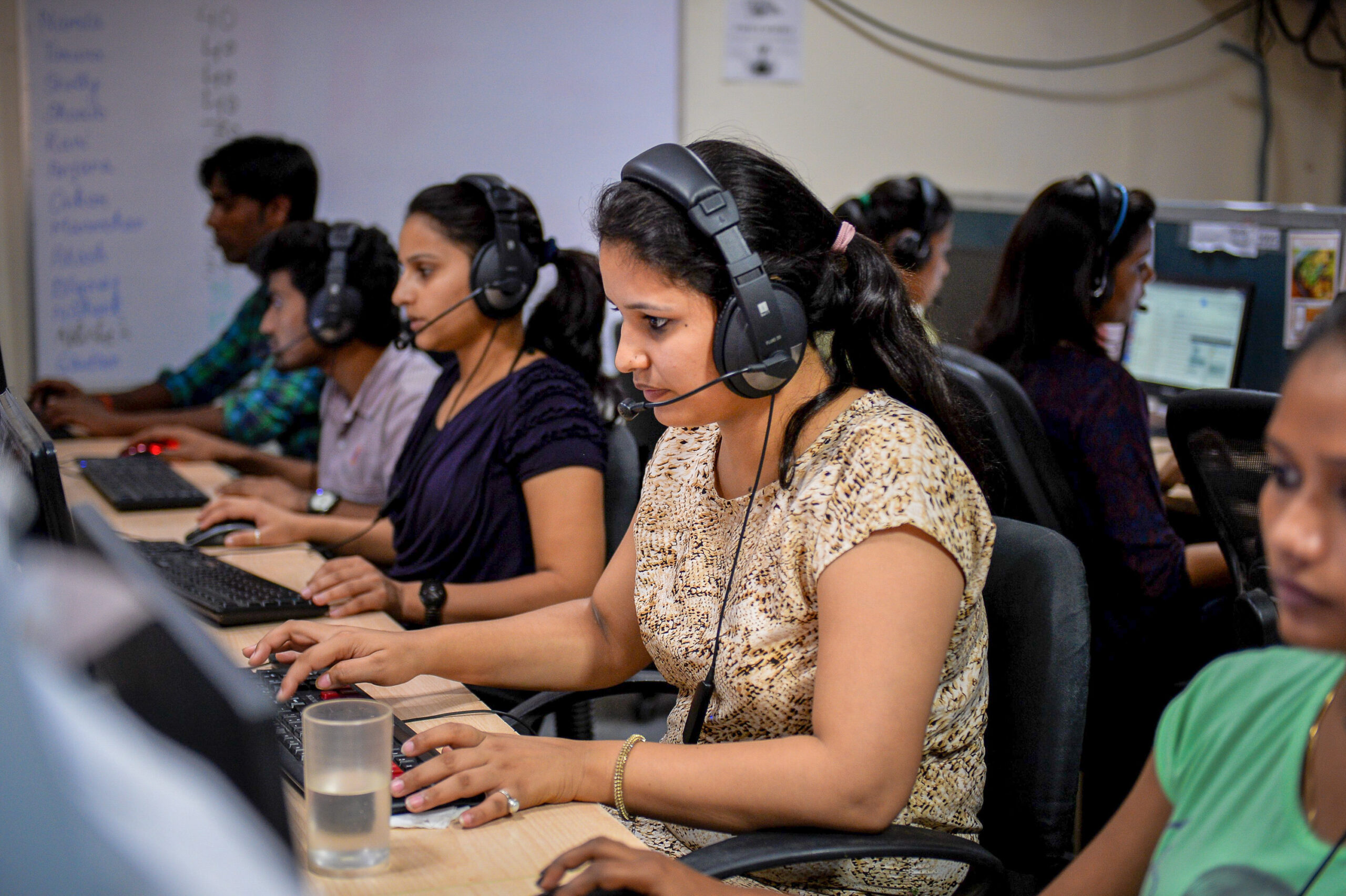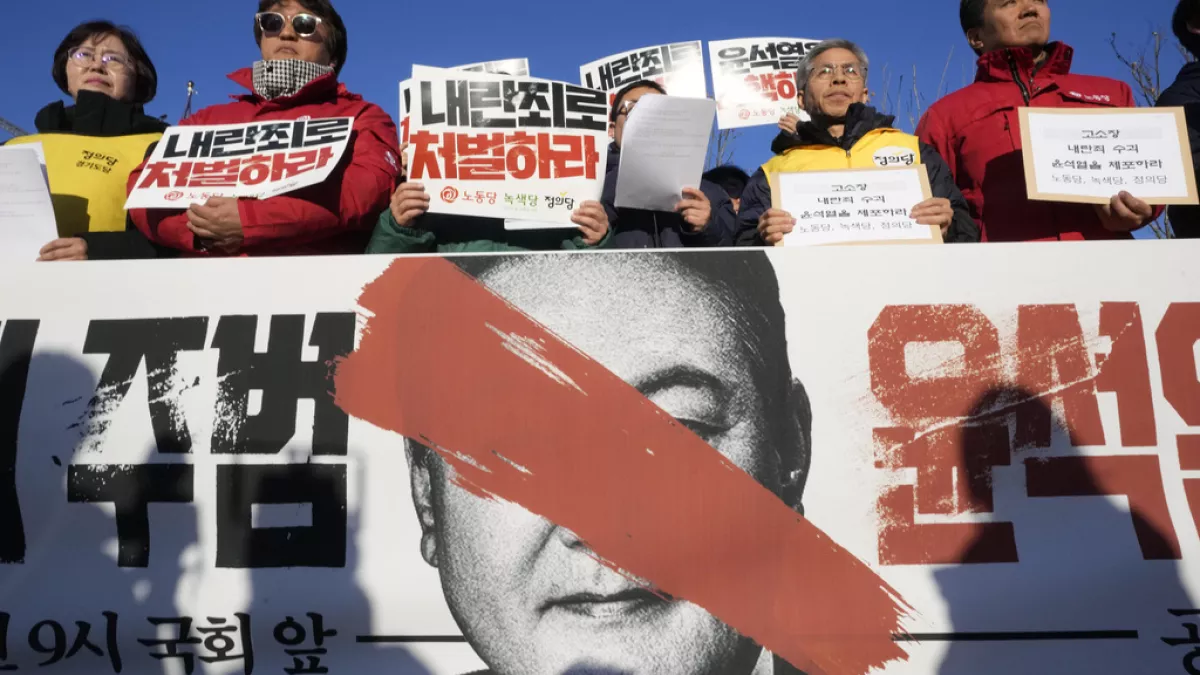We all know how the modernization story goes. A country, impoverished and underdeveloped, struggling to advance themselves in the world after facing decades of colonialism or warfare, begins with the intention of growing their manufacturing sector. Alongside this, they adopt free market policies, increase access to education and expand the middle class. Overtime, an increase in GDP, the introduction of high-productivity jobs, and increased economic power on the global stage paint a success story: this once destitute country has been saved by integration into global capitalism, improving the lives of millions, or even billions.
The story isn’t necessarily wrong. Take India for example. One quick glance at the World Bank’s data page for India sees many linear, upwards sloping graphs, presenting sustained growth in GDP, increased access to electricity and widespread internet usage, amongst other indicators of increased living standards.[1] This first glance suggests that Indians, by multiple measures, are objectively better off today than in the early decades of the century.
However, another graph, representing the female labor force participation rate, presents more puzzling data. Despite its place as one of the fastest growing economies in the world,[2] India’s female labor force participation rate (FLPR) declined drastically in the years between 2005 and 2020.[3] Though it grew slightly in recent years, in 2023, the FLPR remained at a meager 31%,[4] particularly weak in comparison to its emerging market peers such as China (60.5%) or Brazil (53.1%).[5]
How then, can India’s economy be booming by some measures, while slacking, or even worsening, by others? This article examines the inner contradictions of the Indian economy, attempting to find explanations for why rising education rates and soaring GDP growth has not translated into more women in the economy. Specific attention is given to the lack of appropriate jobs, the rural-urban divide, and the highly informal nature of the Indian economy. The article concludes with a revised version of the modernization story, suggesting the gains of capitalism-induced growth are often unevenly experienced.
Perhaps Indian Women Are Working… But the Economy Disagrees
Over the past couple decades, India’s FLPR has fluctuated between 35 percent, at its highest, and 26 percent, at its lowest.[6] While some might assume from these figures that three quarters of Indian women are completely unemployed, this is not reflective of the full picture. Many women participate in various forms of labor, such as household activities or farming responsibilities, that are not classified as economically productive. In many cases, workers themselves do not even consider these jobs to be classified as work.[7]
There are also many women who participate in economic activity that they do consider to be work, however the economy does not agree. In an economy that is estimated to have 90% informal employment,[8] many women, especially uneducated women, knowingly participate in informal jobs. These jobs, often characterized by precarity and low wages, do not see the same wage growth as high-skilled workers in service sectors.[9] With little job security or benefits, these jobs are particularly unattractive, especially as women also have to take care of domestic tasks in their own households.[10] This turn towards informal work highlights a broader structural issue: the Indian economy’s struggle to produce appropriate jobs for women, even against a backdrop of GDP growth and economic development.
The Rural-Urban Divide
The lack of appropriate jobs is especially pronounced for women in rural India, highlighting a broader rural-urban divide. In rural areas, an overwhelming majority of the female labor force is employed in agriculture. In contrast, urban areas see a much larger proportion of women in manufacturing or services industries.[11] Thus, women in urban areas have access to jobs in a variety of industries,[12] that may have better access to job benefits (if they are among the lucky 7% of Indian women with access to social security),[13] while women in rural areas face little opportunities other than agriculture,[14] with rare access to social security protections.[15] Furthermore, the jobs in the agricultural sector have begun to decline in recent years, leaving women with few options other than trying to integrate into the urban system.[16] However, this is not easy for rural women, as only 7% of rural Indians achieve higher education, in contrast to 24% in urban areas.[17] Thus, women in rural areas are confined to an agricultural sector that is declining in importance, have less educational attainment to compete for jobs with their urban counterparts, which ultimately make them more likely to take on informal employment with low wages and no benefits. As 79% of India’s female labor force is located in rural regions, these circumstances represent the situation of most women in the Indian economy.[18]
The female labor force participation rates, then, don’t tell us much at all. They may tell us that, over the past couple decades, 70-80% of Indian women have been out of formal work. But what they don’t tell us, is that many of these women are from rural areas, and with little access to higher education, are confined to work in the declining agricultural sector or the informal sector. They don’t tell us that many of these women are supplementing these informally categorized jobs with domestic responsibilities such as raising children and taking care of the home. They don’t tell us that the vast majority of women in India, even among the fewer number of those who do have formal jobs, have no access to social security and job protection.
The Modernization Story, Revised
Let’s revisit the modernization story from the beginning of this article. India expands literacy rates and access to education for many, though few in rural areas go on to achieve a higher education. Their GDP growth continues to soar, though the overwhelming majority of women cannot find an appropriate (formal) job that pays fair wages and offers some sort of social security. They expand the manufacturing industry and service industries, creating all kinds of new jobs, though rural women who seek jobs still face the dominant choices of agriculture or the informal economy. Is this still a success story?
To be sure, the Indian transformation, by many measures, is still remarkable. Even if only 10% of Indian women have achieved higher education,[19] in a country of hundreds of millions of women, it is not a small number of people. Further, growing from a 2% higher education attainment rate in 1987,[20] the educational and occupational outcomes for Indian women today are no doubt an improvement from before.
This article does not attempt to contest the notion that India has made great progress in recent decades. However, it does challenge the traditional modernization story to suggest that this great progress has not benefited all Indians in the same way. Growth rates, no matter how linear or sustained, cannot grow upwards forever. If India truly wants to be the champion of modernization theory, perhaps they will one day realize that creating secure jobs for women might actually contribute to sustaining this growth for a little longer.
Sarah Padwal is a second year undergraduate student majoring in International Relations and Peace Conflict and Justice, with a minor in Contemporary Asian Studies. Throughout her degree, she seeks to understand the intersection between economics, politics and history in international relations, with a focus on the Asia-Pacific region. She is hoping to expand her knowledge of post-colonial identity and social relations as a Contributor for South Asia this year.
Bibliography
Abhishek Waghmare. “Education Levels in India.” Data For India, June 6, 2024. https://www.dataforindia.com/education-levels-in-india/.
Dylan Clark, “The ‘New India’? Whose ‘Economy’ Is This?” CAS202: Asian Sites, Global
Questions. January 16th, 2025.
Fernandez, Cledwyn, and Havishaye Puri. “A Statistical Portrait of the Indian Female Labor Force.” Asian Development Bank, December 2023. https://doi.org/10.56506/BDXR3681.
Frayer, Lauren, and Raksha Kumar. “It’s a Mystery: Women in India Drop out of the Workforce Even as the Economy Grows.” NPR, January 4, 2023. https://www.npr.org/sections/goatsandsoda/2023/01/04/1146953384/why-women-in-india-are-dropping-out-the-workforce-even-as-the-economy-grows.
Klasen, Stephan, and Janneke Pieters. “Push or Pull? Drivers of Female Labor Force Participation during India’s Economic Boom,” 2012. https://doi.org/10.2139/ssrn.2019447.
Li, Cindy . “Falling Female Labor Force Participation in China and India.” Federal Reserve Bank of San Francisco. San Francisco Fed, March 28, 2019. https://www.frbsf.org/research-and-insights/blog/sf-fed-blog/2019/03/28/falling-flpr-china-and-india/.
World Bank Group. “Labour Force Participation Rate, Female.” World Bank Open Data, 2025. https://data.worldbank.org/indicator/SL.TLF.CACT.FE.ZS.
———. “Labour Force Participation Rate, Female – India.” World Bank Open Data, 2025. https://data.worldbank.org/indicator/SL.TLF.CACT.FE.ZS?locations=IN.
———. “World Bank Open Data – India.” World Bank Open Data, 2023. https://data.worldbank.org/country/india.
-
World Bank Group, “World Bank Open Data – India,” World Bank Open Data, 2017. ↑
-
Lauren Frayer and Raksha Kumar, “It’s a Mystery: Women in India Drop out of the Workforce Even as the Economy Grows,” NPR, January 4, 2023. ↑
-
World Bank Group, “Labour Force Participation Rate, Female – India,” World Bank Open Data, 2025. ↑
-
Ibid. ↑
-
World Bank Group, “Labour Force Participation Rate, Female,” World Bank Open Data, 2025. ↑
-
World Bank Group, “Labour Force Participation Rate, Female – India.” ↑
-
Frayer and Kumar. ↑
-
Dylan Clark, “The ‘New India’? Whose ‘Economy’ Is This?” CAS202: Asian Sites, Global Questions. January 16th, 2025. ↑
-
Stephan Klasen and Janneke Pieters, “Push or Pull? Drivers of Female Labor Force Participation during India’s Economic Boom,” 2012, 12. ↑
-
Frayer and Kumar. ↑
-
Cledwyn Fernandez and Havishaye Puri, “A Statistical Portrait of the Indian Female Labor Force” (Asian Development Bank, December 2023), 3. ↑
-
Ibid, 6. ↑
-
Ibid, 16. ↑
-
Ibid, 3. ↑
-
Ibid, 16. ↑
-
Cindy Li, “Falling Female Labor Force Participation in China and India,” Federal Reserve Bank of San Francisco (San Francisco Fed, March 28, 2019). ↑
-
Abhishek Waghmare, “Education Levels in India,” Data For India, June 6, 2024. ↑
-
Fernandez and Puri, 3. ↑
-
Waghmare ↑
-
Waghmare ↑








